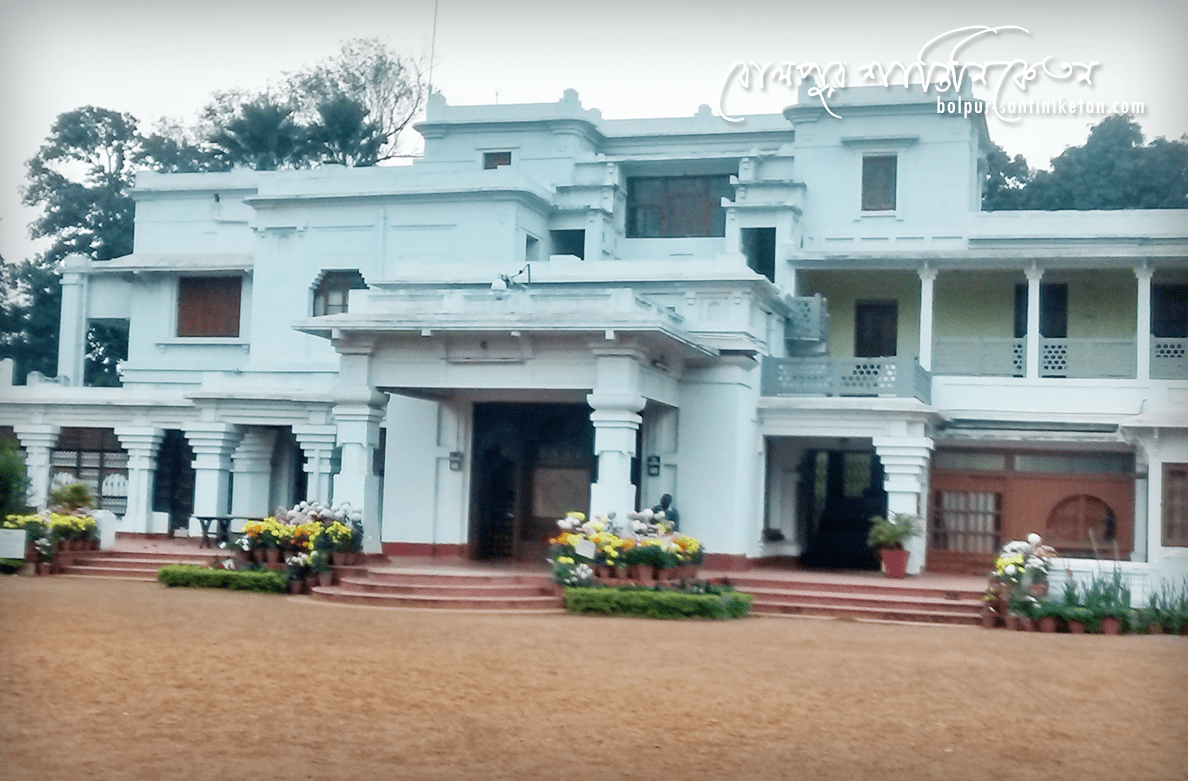Taladhwaj Bari: The Heart of Santiniketan’s Green Heritage
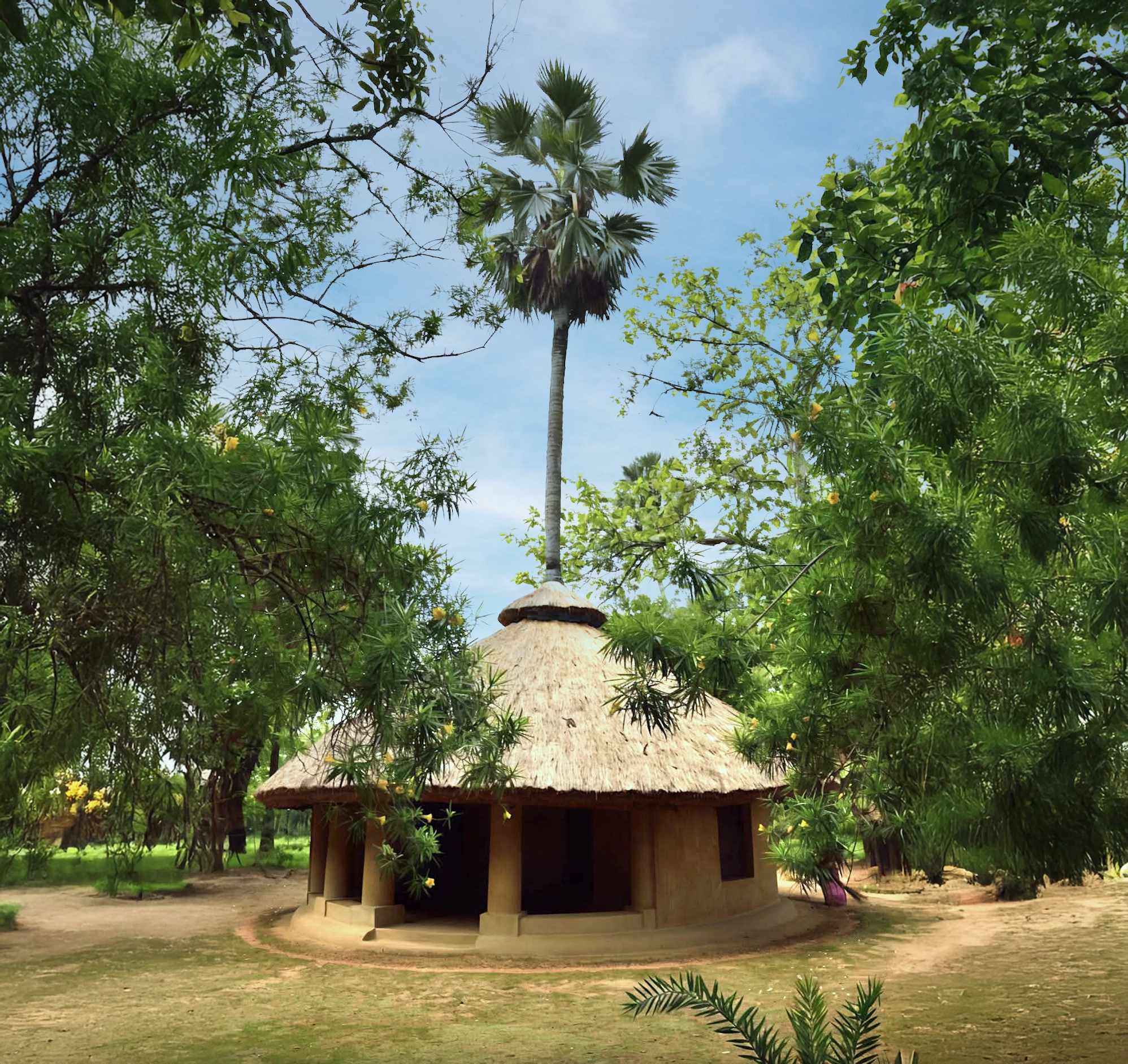
Taladhwaj Bari: A Nature Lover’s Abode in Santiniketan
When you visit Santiniketan, a quaint house surrounded by tall palm trees instantly catches the eye, offering a sense of calm and serenity. Located in the northeastern corner near the temple, this unique circular mud house with a thatched roof stands proudly as ‘Taladhwaj Bari.’ A visit to this place of interest in Bolpur-Santiniketan is not just a visual treat but also a journey into the life of a remarkable man—Tejesh Chandra Sen, a renowned scientist and nature enthusiast whose legacy continues to inspire.
The Story Behind Taladhwaj Bari
Taladhwaj Bari owes its name to the majestic palm trees (locally called ‘tal’) that tower over it like flags (‘dhwaja’), lending it a distinctive charm. When the house was being built, Tejesh Chandra Sen, the resident and visionary behind this abode, refused to let a single tree be cut down. His deep love for nature shaped not just the house but also its surroundings, making it a living testament to his philosophy. Today, this architectural gem remains an integral part of Santiniketan’s heritage, blending seamlessly with the ashram’s tranquil landscape.
Tejesh Chandra Sen: The Nature-Loving Teacher
Tejesh Chandra Sen’s connection with Santiniketan spans over five decades. Initially a teacher at Brahmacharyashram and later at Patha Bhavan, he was no ordinary educator. His classroom wasn’t confined to four walls—it extended across the entire ashram campus. With an infectious passion for the natural world, he taught his students hands-on lessons about life around them. From the blooming of flowers to the fruiting seasons of trees, the shedding of leaves, and the intricate lives of ants, bees, butterflies, and birds—he brought nature alive for his students.
His keen observations and engaging teaching style earned him the affectionate nickname ‘Tarubilasi’ (lover of trees) from none other than Rabindranath Tagore, his close friend and the founder of Santiniketan. Tagore was so inspired by Tejesh Chandra and his palm-fringed home that he even penned poetic lines about it, immortalising Taladhwaj Bari in literature.
A Classroom Amidst Nature
Imagine a teacher sitting by the pond near the temple, perched on a simple stool, conducting classes with the breeze rustling through palm leaves. That was Tejesh Chandra Sen. His lessons weren’t just about textbooks; they were about experiencing nature in its full glory. Whether it was identifying a bird by its call or marveling at the transformation of a caterpillar into a butterfly, his students were left in awe of the wonders he unveiled.
Taladhwaj Bari stands as a silent witness to his countless writings on nature, reflecting his lifelong dedication to understanding and preserving the environment. The house, with its earthy simplicity and circular design, adds a unique aesthetic to Santiniketan, making it a must-visit spot for tourists and history buffs alike.
Why Visit Taladhwaj Bari?
For those exploring Bolpur-Santiniketan, Taladhwaj Bari is more than just a structure—it’s a symbol of harmony between man and nature. Its rustic beauty, coupled with the legacy of Tejesh Chandra Sen, offers a refreshing break from the usual tourist trails. Whether you’re a nature lover, a history enthusiast, or simply someone seeking peace, this hidden gem in Santiniketan promises an enriching experience.
Plan Your Visit to Taladhwaj Bari
Located conveniently near the temple in Santiniketan, Taladhwaj Bari is easy to find and perfect for a short visit during your Bolpur-Santiniketan tour. Pair it with other nearby attractions like the Visva-Bharati University campus, Tagore’s Ashram, or the vibrant local markets to make the most of your trip. The best time to visit is during the cooler months of October to March when the weather is pleasant, and the surrounding greenery is at its lush best.
Discover Santiniketan’s Hidden Treasure
Taladhwaj Bari is a shining example of how Santiniketan blends culture, history, and nature into one unforgettable experience. As you stand beneath the swaying palm trees and take in the simplicity of this mud house, you’ll feel the essence of Tejesh Chandra Sen’s teachings come alive. Add this unique place of interest to your Bolpur-Santiniketan itinerary and uncover a slice of history that continues to resonate with visitors from across the globe.
Explore Sightseeing of Bolpur Santiniketan
Gour Prangana
It was made on the honour of an obedient student Gourgopal Ghosh.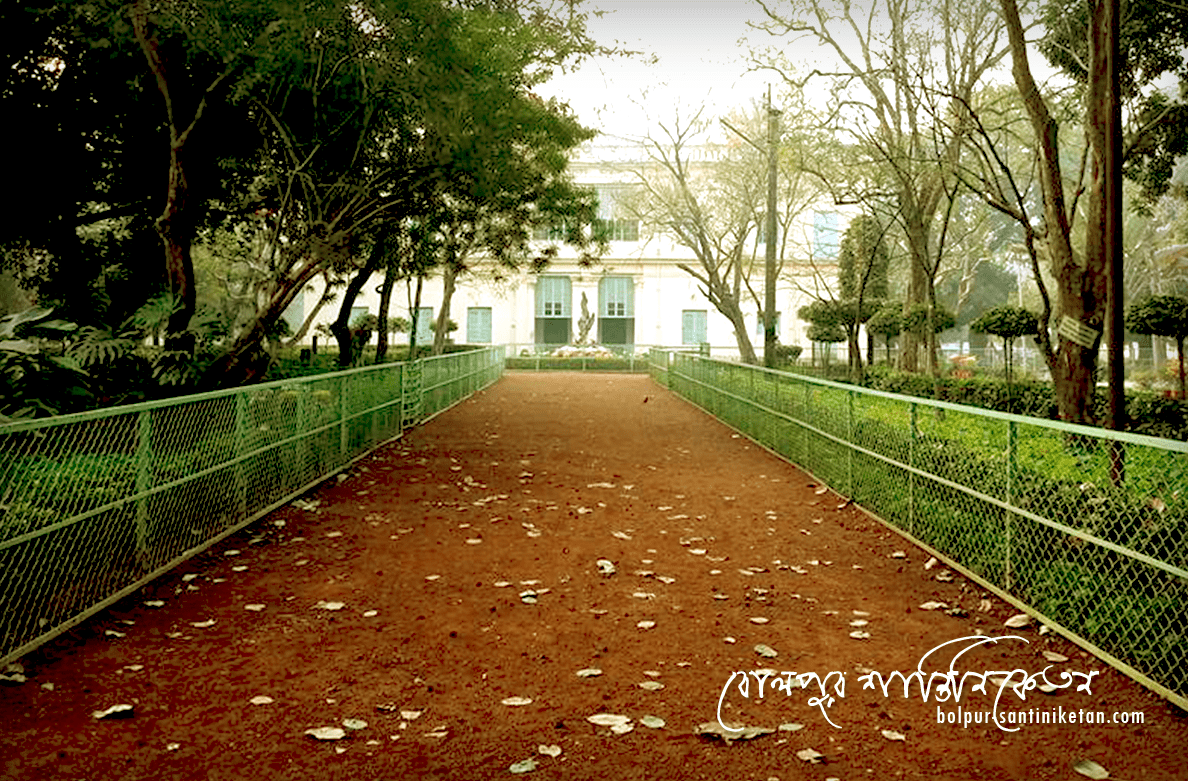
Santiniketan Griha
The oldest building of Santiniketan.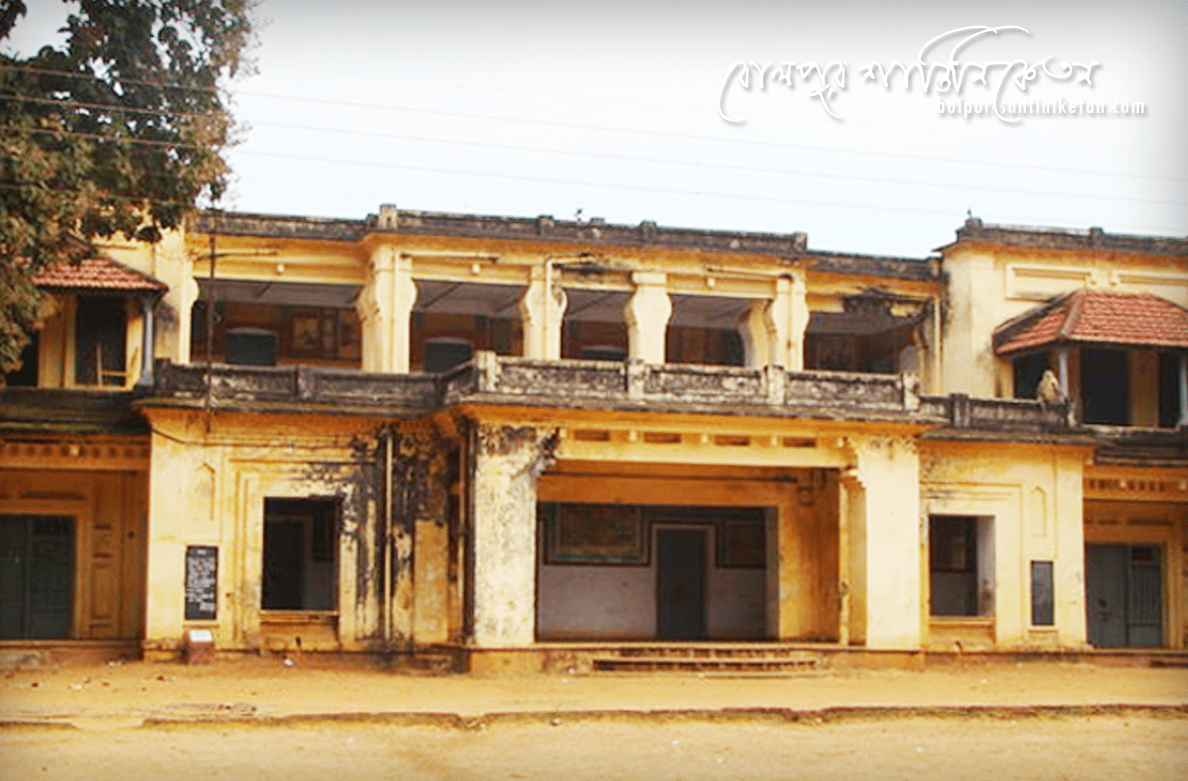
Old Library in Santiniketan
The Old Library, located in Tagore’s Ashram in Santiniketan, was established in the 1920s as...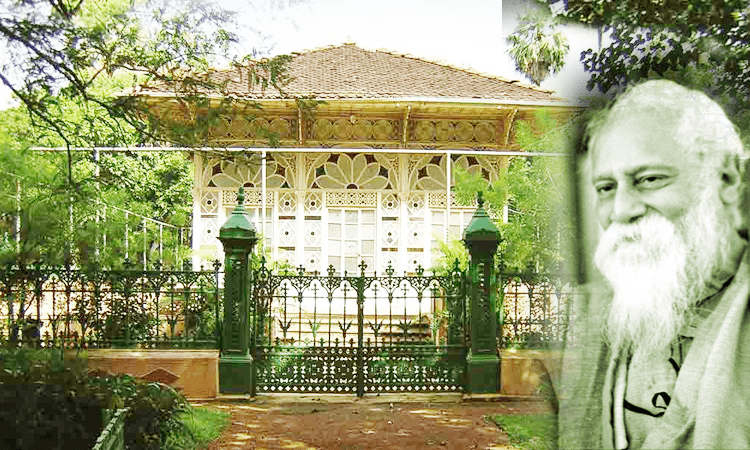
Upasana Griha Kanch Mandir
A prayer hall, made of several colored Belgium glasses with marble steps on all the...